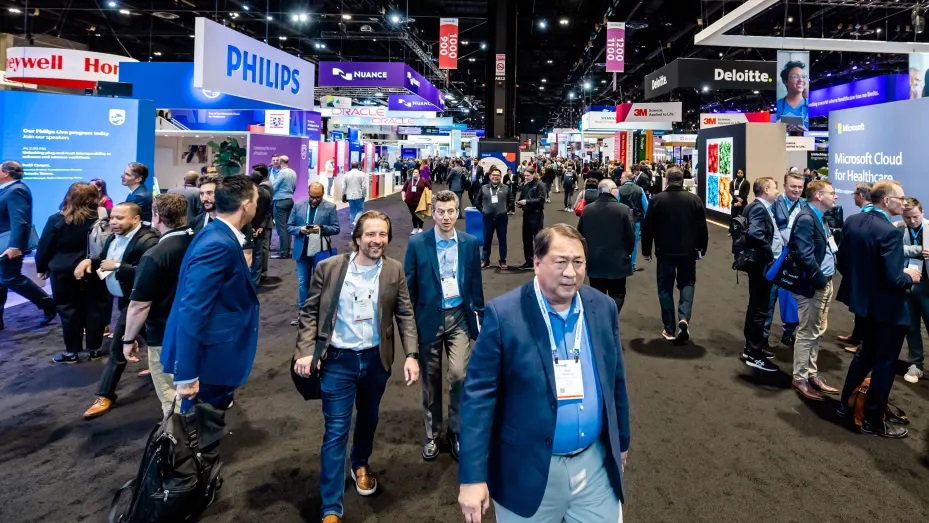Debates over artificial intelligence and its role in healthcare took center-stage at the HIMSS Global Health Conference in Chicago this week, where more than 35,000 physicians, other workers, executives and engineers convened to discuss the latest advancements in health and technology.
Companies such as Microsoft, Google and Amazon prominently advertised new health applications for AI on booths across a sprawling exhibition floor, and panels of experts answered questions about how the technology can be used to address industrywide challenges such as staffing shortages and physician burnout, CNBC reported.
Many healthcare organizations and companies have been using AI in various capacities for years, but a subset known as generative AI exploded into public consciousness late last year when Microsoft-backed OpenAI launched its viral new chatbot called ChatGPT.
Generative AI refers to programs that can use fairly complicated prompts from end users to generate text or images.
Just as generative AI has captured the attention of the general public, it has also captivated the medical community.
AI was the focus of the HIMSS conference’s opening keynote, and HIMSS CEO Hal Wolf prefaced the discussion by revealing that he had asked ChatGPT how to solve global healthcare challenges. The Healthcare Information and Management Systems Society, or HIMSS, holds the conference each year.
Wolf posed the question to ChatGPT in jest, but David Rhew, global chief medical officer at Microsoft, told CNBC in an interview that generative AI could really be “transformative” for solving big problems in the healthcare industry.
“The opportunity to apply these large language models and the artificial intelligence in clinical workflows is tremendous, and we have to do it responsibly,” he said.
For Rhew, that means starting with “high-impact, low-risk” uses for the technology, such as streamlining administrative tasks.
Developing diagnostic or directly patient-facing generative AI applications are higher risk since they pose significant regulatory questions for companies, academics and federal agencies such as the Food and Drug Administration to work through.
Rhew said to think of AI as if the healthcare industry has just been introduced to a car, while none of the stop signs, traffic lights or roads have been created yet.
“We still have to figure out how to do this together,” he said.
But in the meantime, administrative or “back office” tasks require less regulatory oversight, and there is a real need for efficient solutions, since clerical work is often burdensome for clinicians.
A study funded by the American Medical Association in 2016 found that for every hour a physician spent with a patient, they spent an additional two hours on administrative work. The study said that physicians also tend to spend an additional one to two hours doing clerical work outside of working hours.
Similarly, in 2017, the Journal of the Association of American Medical Colleges published a survey where respondents said around 24% of their working hours are spent on administrative tasks. More than two-thirds of the physicians surveyed reported that administrative responsibilities “negatively affect their ability to deliver high-quality care.”
HIMSS attendees told CNBC they believe generative AI can help with these tasks.


